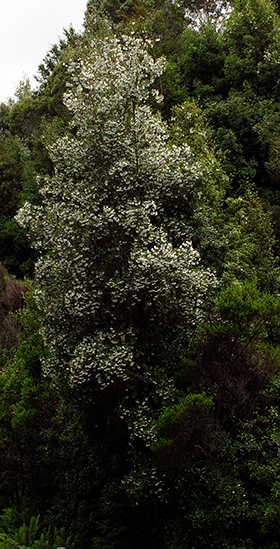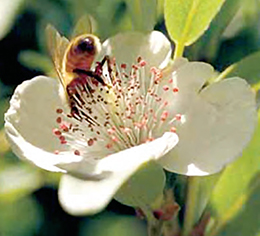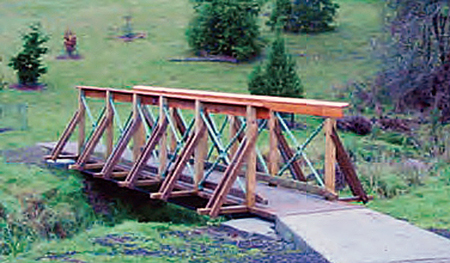tasmania's most important nectar plant

Leatherwood is the single most important nectar plant in Tasmania, accounting for about 70% of all honey produced. It has also been cut for timber to be used as a veneer, for tool handles and railway sleepers.
Many Tasmanians are familiar with the two local species of these summer flowering trees and shrubs. Another three species occur in eastern Australia’s cool, wetter forests and two more in South America.
The common name 'leatherwood' is probably derived from the waxy, leather-coloured sheath that covers young leaves and petals, but may also come from the toughness of the timber. Of the two types of leatherwood in Tasmania, Eucryphia lucida is the most common, and the most important to the leatherwood honey industry.
Two Australian species have only recently been described, one from the Atherton Tableland and another from the Qld/NSW border, both areas being refuges for some plants in this interglacial period.
Fossils of extinct species have been found in parts of their current range as well as in Antarctica and New Zealand. These plants occur naturally in cool high rainfall areas, which may be an indication of the type of climate once prevailing where their fossils are now found.
Flowering occurs in the warmer months when the native insect pollinators are active in what is usually a drier period. Seed takes about ten months to mature.
»Follow this link to view a map with the locations of the collection highlighted.
»Follow this link to view the full interpretive panel in PDF format.


The timber hand-rails of this bridge in the Arboretum are Leatherwood.